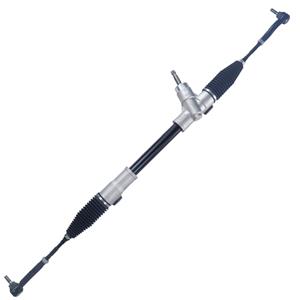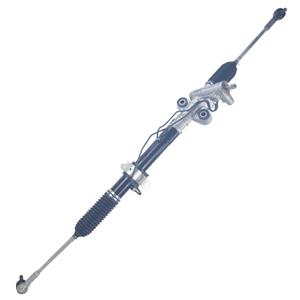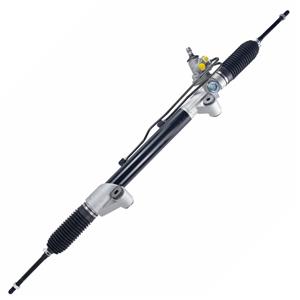-
One of the most common symptoms of a BMW steering rack failure is steering that becomes heavy or stiff. Normally, a steering rack transmits power smoothly when in good condition. However, if the rack is severely worn, the meshing clearance between the teeth and the pinion increases, generating greater friction during steering.
-
The rack and pinion gear assembly is a complete device consisting of two parts: a rack and a pinion. Specifically, the rack is a straight gear with a row of evenly spaced teeth, typically in a straight configuration; the pinion is a round gear with a tooth profile that matches the rack.
-
The hydraulic system's oil pipes are responsible for transporting hydraulic fluid to the rack and pinion assembly. If cracks or ruptures occur in the pipes due to aging, wear, or collision, hydraulic fluid can leak through the damaged areas. Additionally, loose joints and poor seals at the oil line connections can also cause fluid leaks.
-
The steering system may be overloaded in some extreme cases, causing the rack and pinion to break. Overload is usually caused by the driver turning the steering wheel suddenly and hard, or the vehicle is under extreme driving conditions (such as high speed, sudden braking, strong turning, etc.).
-
Wear, corrosion or deformation on the gear surface will increase the meshing clearance, resulting in the inability of the rack and pinion gear to match accurately. This poor meshing may cause the steering wheel to react erratically or even cause the steering wheel to suddenly deviate from the driver's control, resulting in the phenomenon of "death wobble".
-
The design of the rack and pinion steering system is relatively simple, uses fewer components, and is small in size. For small vehicles such as karts, the compact design of the rack and pinion steering system can save space and avoid overly complex mechanical devices.
-
Although rack-and-pinion steering systems can be used together with tilt mechanisms in theory, in practice, there are still certain design challenges. The most important point is how to ensure that the steering system's accuracy and response speed are not affected when the steering wheel angle is adjusted.
-
1. Pinion radius (r): in meters. 2. Force applied by the driver (F): in Newtons. 3. Torque (T) = F × r: that is, force multiplied by the radius of action of the pinion. For example, if the driver applies a force of 20 Newtons to the steering wheel and the effective radius of the pinion is 0.02 meters, the torque generated is: T = 20 × 0.02 = 0.4 Newton meters.
-
Small cars and compact cars are the most common types of vehicles that use rack and pinion steering systems. These vehicles are usually used for urban commuting and are designed to provide smooth handling and low manufacturing costs. ·Representative models: Honda Civic, Toyota Corolla, Volkswagen Golf, etc.
-
If the driver is used to more intense driving, he may tend to choose a design with more sensitive steering. At this time, it is more appropriate to choose a gear with more teeth. For vehicles driven in daily cities, drivers may prefer easier and more comfortable steering. Appropriately reducing the number of teeth may bring a better driving experience.




